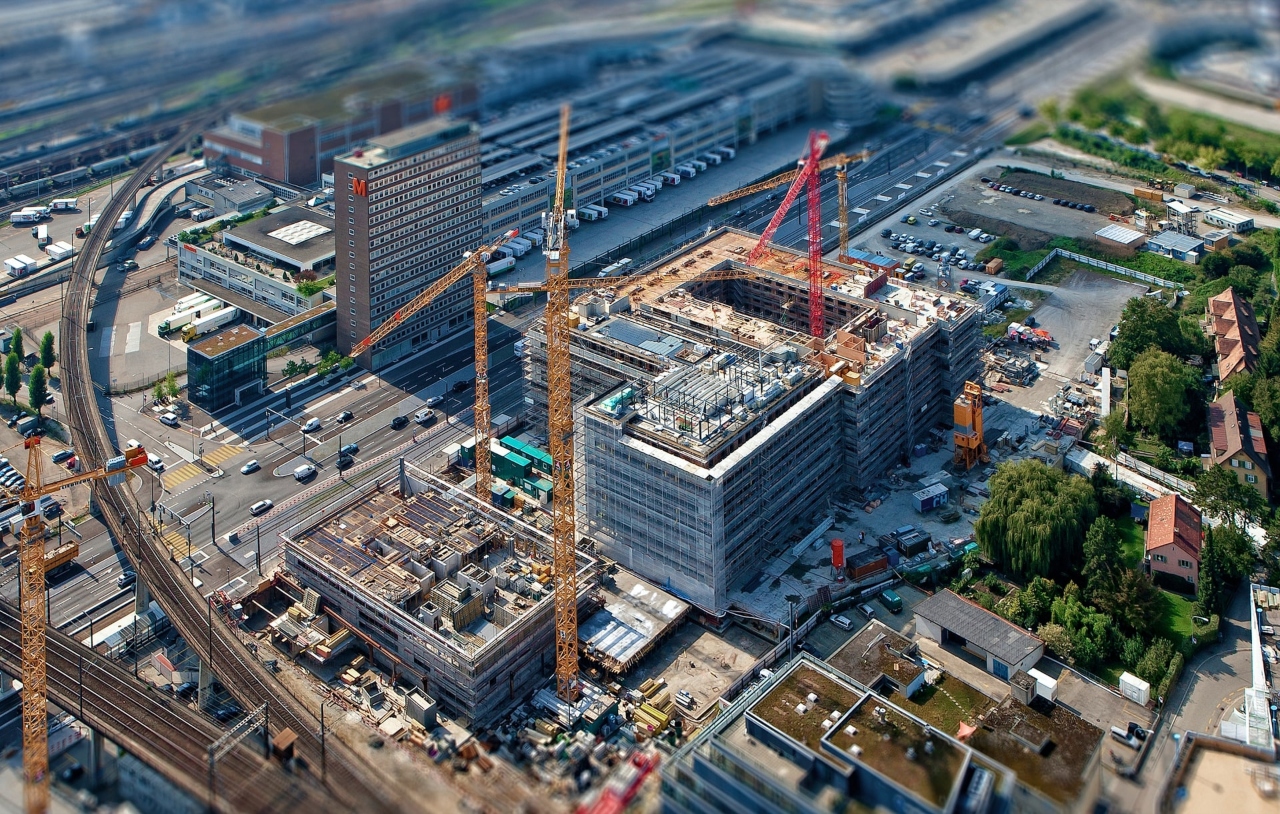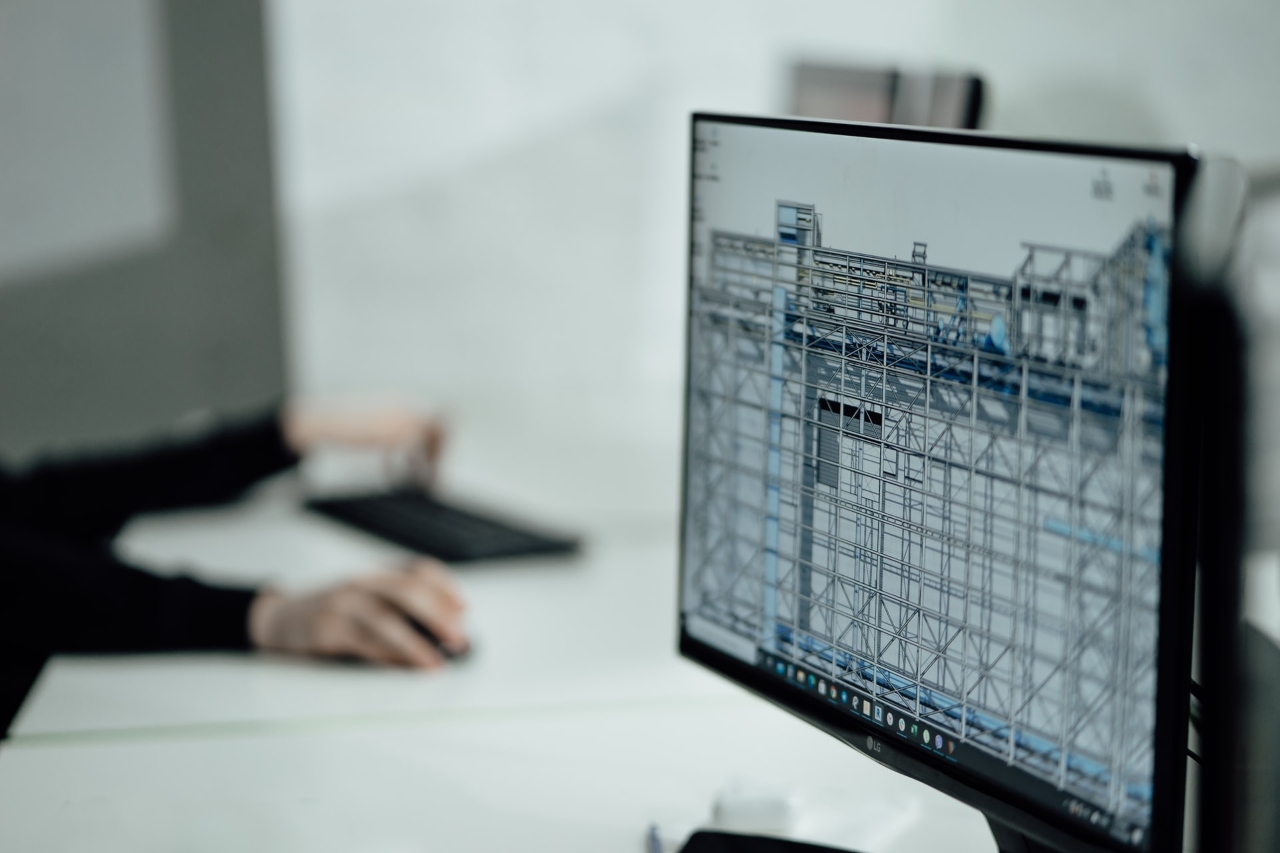Building Blocks for Sustainable Construction Industry: 6 Strategies to Start Using Right Now

Over the last couple of years, sustainability has gone a long way from being considered a novelty to an absolute requirement postulated across the entire business sector. This development is, by all means, organic and beneficial and, putting aside the obvious environmental implications, creates a leaner, more efficient, and optimized economy.
So, the question is not really whether this trend should be encouraged and implemented but rather how you can translate the ideas of sustainability to different industrial sectors.
That brings us to the construction industry that, after a long COVID-19-induced slumber, is experiencing a genuine resurgence. How can we use this growth to increase revenue while making sure construction sites are organized according to the principles of a sustainable economy? Let us try to find that out together.
Focus on sustainable building materials
The modern construction industry is largely built around concrete as the main construction material. The problem with concrete is that, although widely used, this option is not really eco-friendly and keeps the construction process in the traditional non-sustainable terms. On the other hand, alternatives like straw bales and bamboo are much easier to produce, have stronger insulation properties, and are easier to assemble. All these things have both long-term effects on the quality of the final product as well as the construction process itself. Of course, both these facts have very positive financial effects.
Start using BIM
If you are not familiar with the term, BIM stands for Business Information Modeling and describes the digital modeling process that allows the construction companies a detailed insight into the construction process allowing them to reduce the waste and optimize the life cycle of a project. The latest iterations of the tech allow project managers to engage in simulations about financial viability and sustainability. So, even if we put aside collaboration options and other perks, it should be clear that implementing BIM in construction projects should make them better optimized, more efficient, and more sustainable.
Take care of the waste management
One of the main reasons why so many metropolitan areas are struggling with waste is because they are lacking efficient waste management infrastructure. You can do a lot to make your projects different and more sustainable by moving this issue off the table in the design phase. If we, for instance, look for an example in Australia we will see great growth in the popularity of systems like a waste chute in Sydney and other big cities. Since they do an excellent job in the waste collection these tools are making all subsequent waste management procedures like separation, disposal, and recycling far more efficient as a result.

Automate the workflow
This is one of the most effective strategies for ensuring your projects will be delivered on time and on budget. Namely, every construction project depends on dozens of different activities and tasks that are not always closely integrated and suitable for human employees. So, try breaking down the workflow of your projects into individual tasks and see which one of them can be completely automated or even optimized. Once you are done, start putting these pieces back together into one integrated system that will use the benefits of AI and automation. This way, your projects will achieve a much greater level of optimization.
Reuse and recycle
Going back to the issue of waste, we would like to point out that the same care you are putting into the sustainability of your projects should be present at the worksite. That means the waste you are producing should be immediately collected, separated, and disposed of. Modular construction can go a long way in cutting this problem at its root. The rest can be easily dealt with by the choice of materials. Options like plastics, plywood, metal, masonry, and lumber can either be reused on future projects or, if that is not possible, recycled. In either case, you will be bringing the amount of waste close to zero.
Pay attention to the transportation fleet
Last but not least, we would like to quickly cover the issue of fleet management which makes a critical part of any efficient construction process and has a massive impact on the environmental impact of the projects but often escapes discussions like this. Fortunately, the fleet management tools that can solve these issues are widely available these days and since they are mostly AI-based, they can be integrated into your overall project workflow. You can push your efforts even further by providing your drivers with sufficient training and ensuring your fleet is undergoing regular inspection and thorough maintenance.
Final comments
We hope these few examples gave you a general idea about the strategies you can use to make your future construction projects more sustainable or even help you come up with a couple of ideas of your own. The construction industry these days is undergoing a great resurgence. The best way you can use this favorable trend is by making sure that your company is scoring better results with fewer resources and less time. These goals can't possibly be met if you don't make your projects more sustainable. Now, you know what is the general direction you should take.












